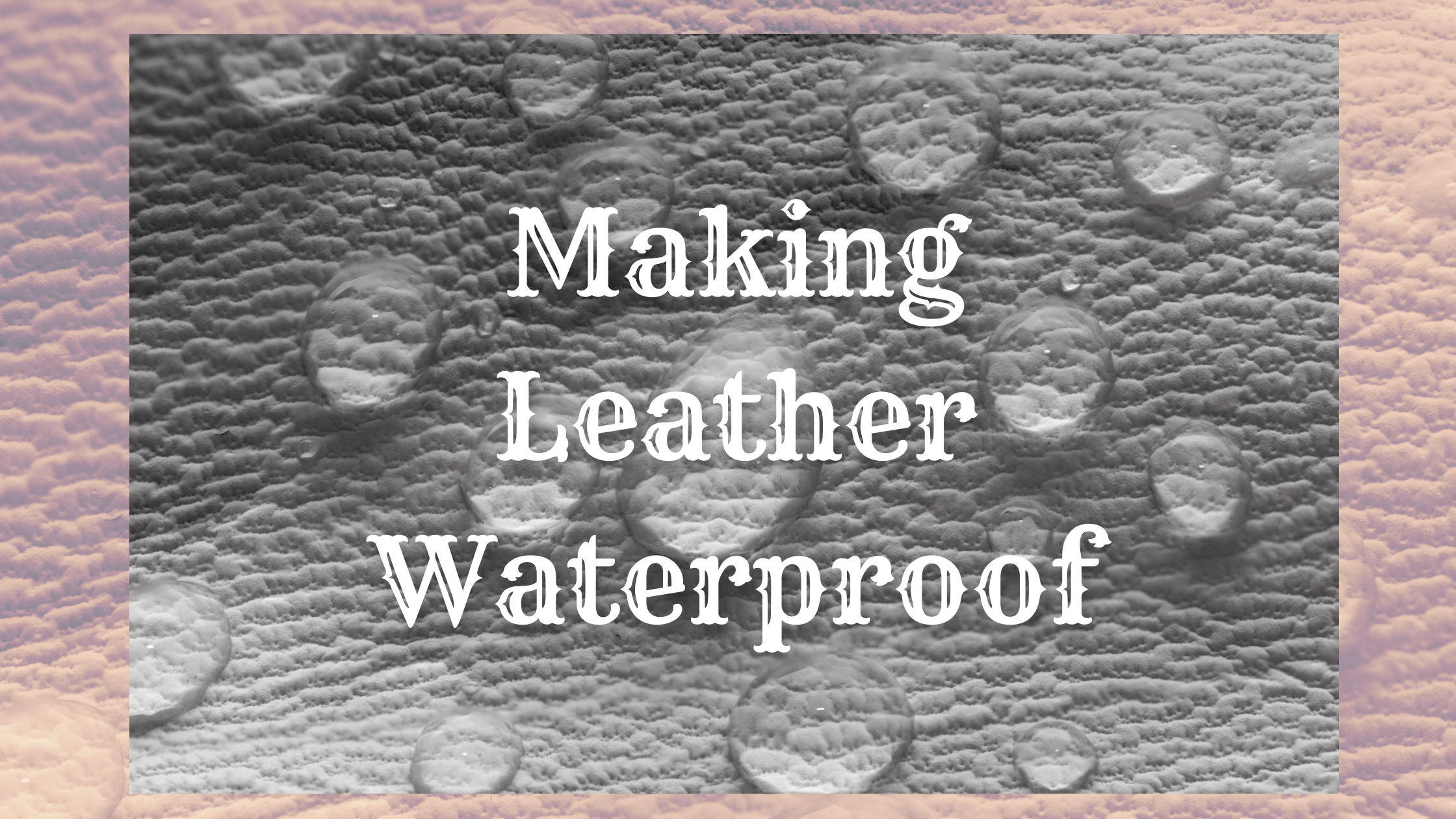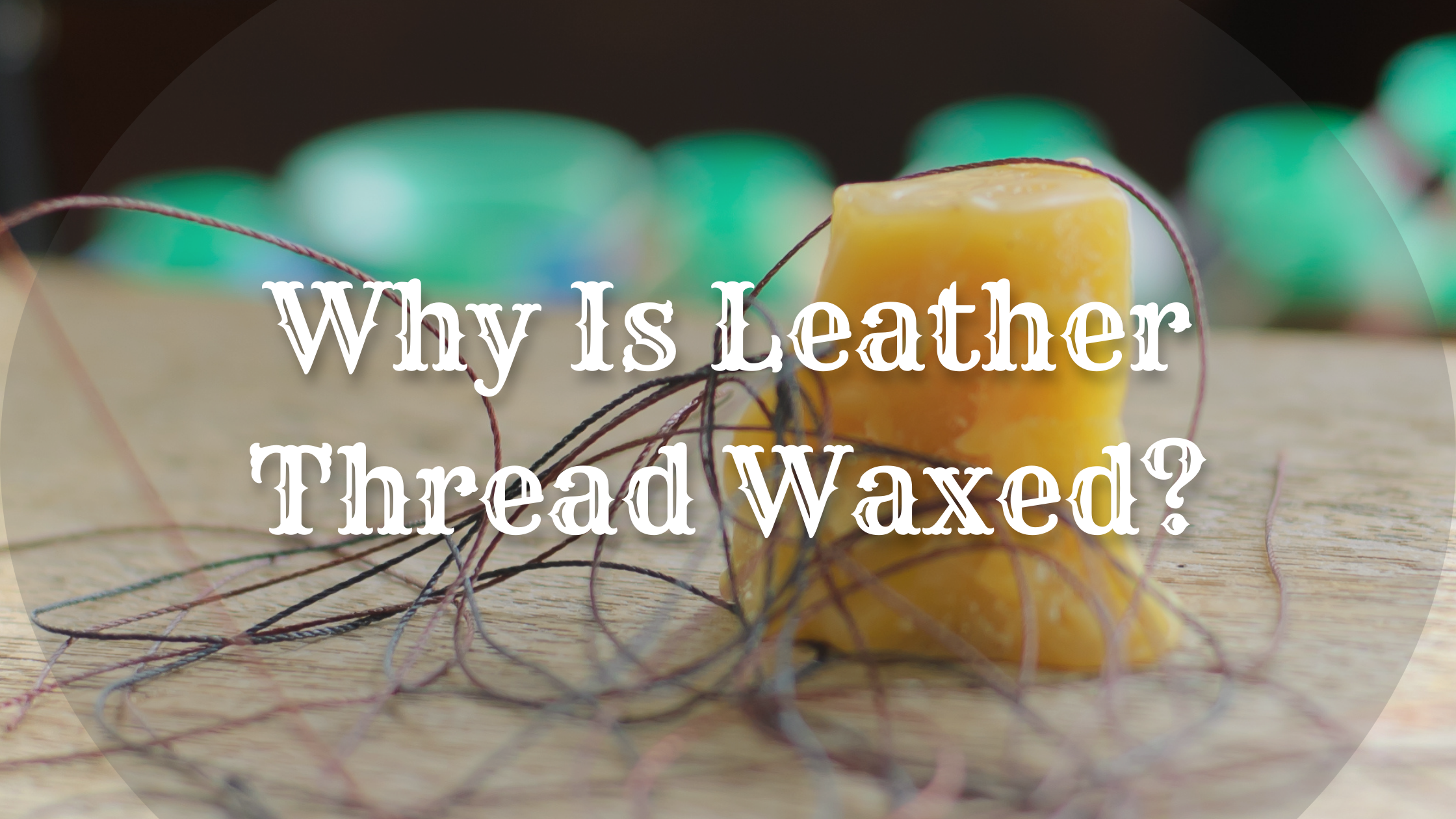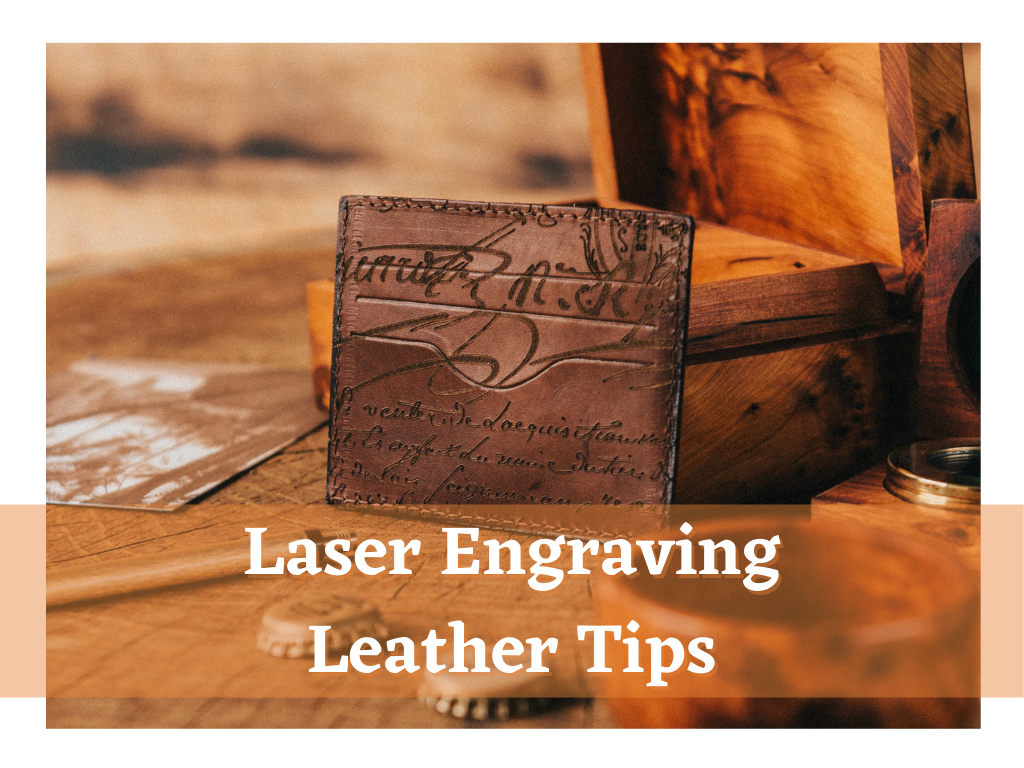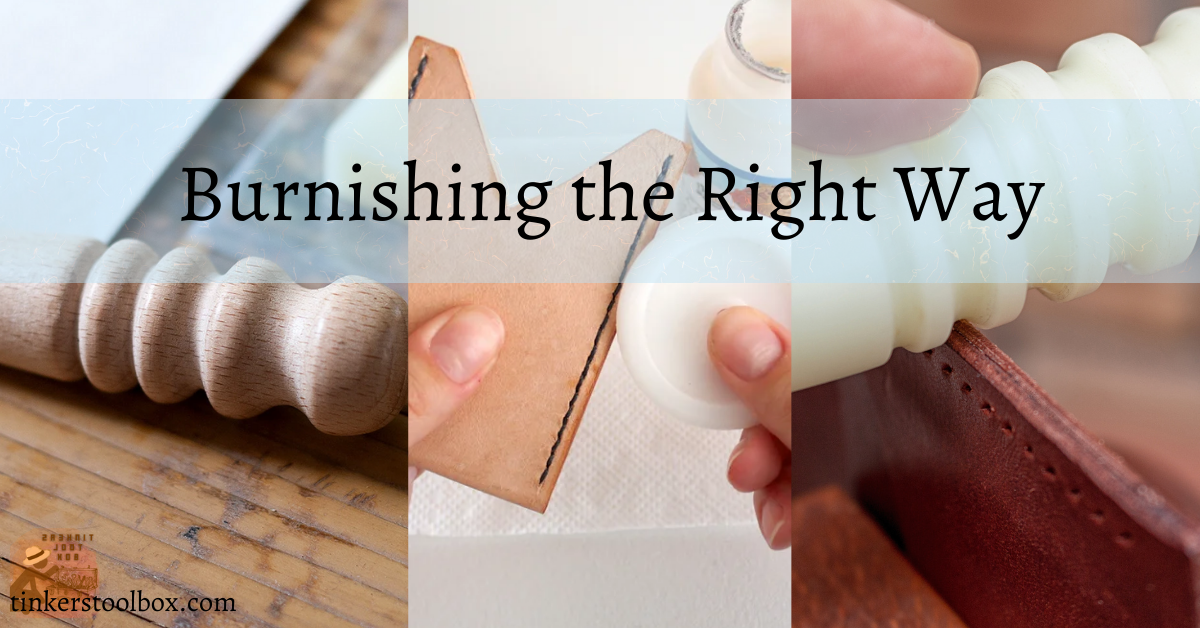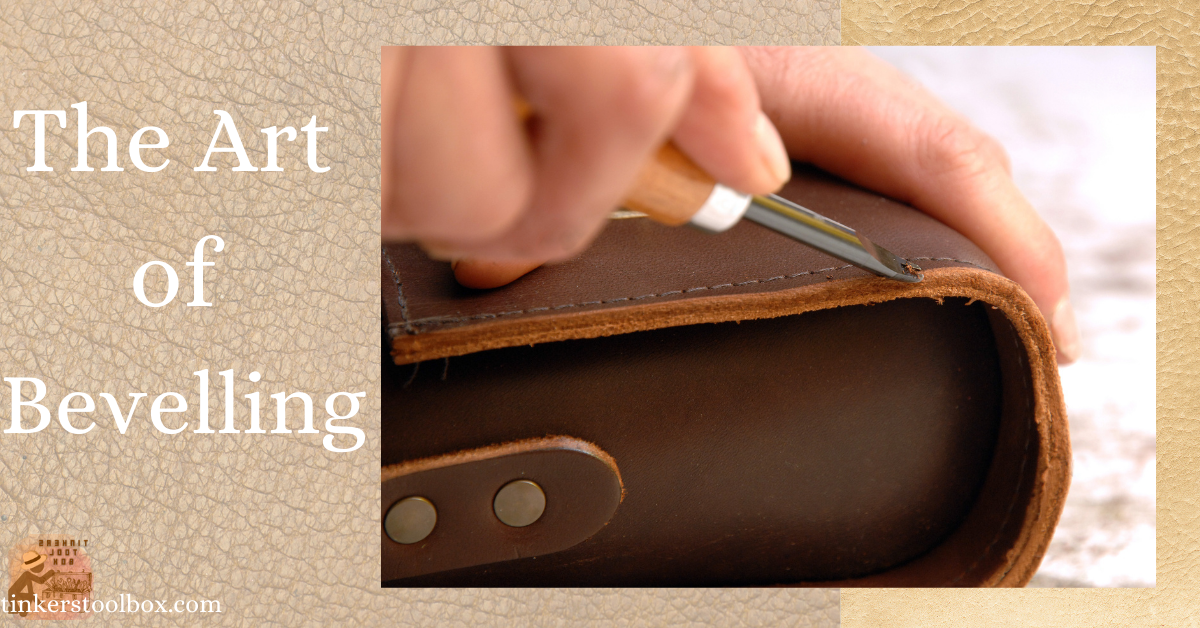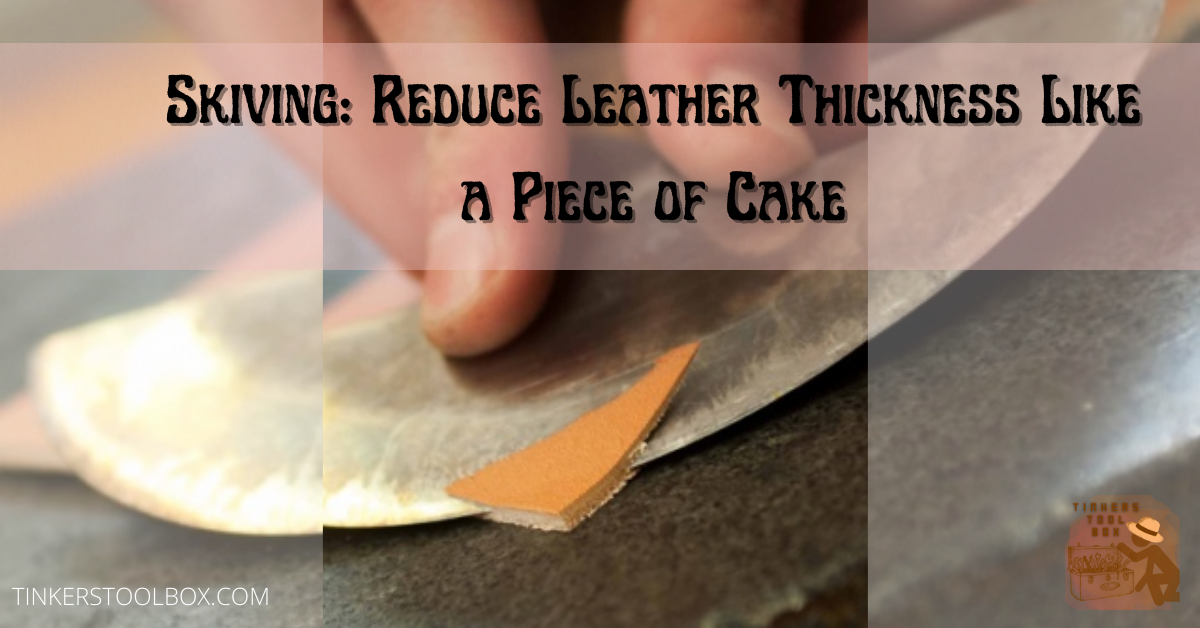We all know how expensive leather can be so we must protect the leather goods that we have so that we can use it longer. One of these protective methods is waterproofing, which makes your leather repel water, and water penetration as well. It has a lot of benefits and advantages when used correctly, and there are several methods on how to make your leather goods waterproof for a longer period of time, ranging from leather care products to effective do-it-yourself protection methods.
How can we make leather waterproof? Use a beeswax cream and apply it on the leather product, repeating the process until it builds up a thick layer of protection from water penetration. Alternatively, waterproofing sprays and other leather care products are available for this purpose.
In this article, we will discuss the different methods of making leather waterproof. We will also discuss the benefits of waterproofing leather and what happens when leather gets wet or exposed to water for longer periods of time. Lastly, we will discuss some tips and tricks on how to take care of your waterproof leather products, along with some misconceptions in waterproofing your leather.
Steps On How To Make Your Leather Waterproof
You can buy waterproof leather in your leather goods store but if you want to do it by yourself, you may follow this step-by-step guide. All the materials can be found at home and you do not have to buy a lot of expensive ingredients.
Using Beeswax Cream To Waterproof Your Leather
Beeswax cream has been used by a lot of leatherworking enthusiasts for many years now. It is a natural waterproofing solution and it has been found to be extremely effective in protecting leather from water penetration.
However, it can cause darkening to some types of leather so before going through with this method, spot test your leather good with this one. This one is also environment-friendly as you will not use any toxic materials that can harm you and the environment.
Ingredients You Will Need For Your Beeswax Cream
To create this beeswax cream, you need to prepare the following: one cup extra virgin olive oil, two ounces beeswax, a glass jar to put the beeswax cream in, a medium pan of cold water, and a clean piece of soft buffing cloth for application to the surface of the leather.
Steps On How To Create Your Beeswax Cream
First, pour the extra virgin olive oil into the glass jar, then break the beeswax into pieces and add to the jar. Place the jar into a pan of cold water, then warm the pan over the stove. Stir the mixture in the jar until the beeswax has completely melted into the olive oil in the jar.
Remove the pan from the heat, then carefully remove the hot jar from the pan. Stir continuously until it cools and stiffens. Stirring takes ten to twenty minutes so you must look for a comfortable place for you to stay while you stir it consistently.
After the mixture has cooled and stiffened, do a spot test on your leather. It is recommended that you do it in an inconspicuous area of the leather goods since in case you won’t like the result, you can easily hide it.
Now if you love the result from the beeswax cream, apply it properly by cleaning the leather surface first, then apply it and gently buff the surface. Repeat the process so that it builds up the waterproof protective coating. Having a lot of layers of waterproof coating is the key to leather waterproofing.
Alternative Methods In Waterproofing Your Leather
If you have no time to do DIY waterproofing, there are a lot of other options available for you to try. You can check your nearest leather goods store for a set of leather care products, including waterproofing sprays.
These are available in a wide variety of sizes and compositions, depending on how you like your leather to be waterproof. However, you have to be careful as some waterproofing sprays can damage the lungs.
You must observe the safety precautions before, during, and after using the sprays. Do not spray in small, enclosed rooms without any ventilation. It can cause suffocation if exposed for too long, and some sprays have strong smells so if you are a sensitive person, please do not risk and try to look for other alternatives.
Benefits of Waterproofing Your Leather
It Will Obviously Protect Your Goods From Water
It is okay for leather to get wet, contrary to popular belief that water destroys leather. However, keep in mind that water can totally ruin your leather goods if they are exposed for long enough.
Say you spilled water on your leather boots accidentally, this will not ruin the leather as soon as it gets wet though you have to wipe it immediately because when leather dries up from getting wet, it is a totally different situation.
Waterproofing your leather can make your leather much more durable and it will last longer compared to non-waterproof leather. Leather still has some protective layers on it but they are not enough for it to be protected for a longer period of time.
It Will Make Your Leather Goods Last Longer
When leather gets wet, the oils in the leather bind to the water molecules; this is a dose of science here, but this is very important so hang in there.
As the water dries and eventually evaporates, it draws out the oils with it and when the oils get lost thanks to evaporation, it will cause the leather to lose its soft and supple quality. Eventually, the leather would be brittle and the overall quality would be diminished greatly.
In short, waterproofing your leather would make your leather goods last longer than expected. Look at the leatherbound books that are stored properly in libraries — the covers are still in good condition because of the lack of moisture in libraries. Same goes to your leather goods, if they are protected enough, it will surely last the test of time.
Your Body Would Be Much More Protected From The Elements
Most leather goods that get wet include articles of clothing such as leather boots, jackets, pants, hats, coats, and gloves. They are the ones that are usually exposed to the harsh natural elements such as the sun, rain, moisture and humidity, and other factors. These leather goods are the ones in top priority of being waterproof due to these reasons.
Your body will not get wet and the rest of your body would be protected from the moisture, humidity, and cold. Waterproofing your leather also enhances the quality of your leather clothing, so it allows you to use them for longer periods of time until you get tired of using it in the future.
Other Known Benefits Of Waterproofing Your Leather
Waterproofing your leather will reduce the stain sensitivity caused by water marks on your leather goods. The leather objects don’t get heavy once they get waterproofed because the penetrating water can make them heavier since leather sucks the water up before it gets completely dry.
Sensitive leather looks used and becomes much stiffer and brittle after getting soaked. Waterproofing can also reduce some types of soiling in your leather goods too. Lastly, leather has a nasty smell when it gets wet so waterproofing your leather can reduce the chance of having that earthy, musty smell when your leather boots get wet from the rain outside.
However, this is important to remember: waterproofing your leather never makes your leather good water-resistant to the hilt. It does not entirely protect your leather but it does give protection to some higher degree. It is important to remember that sensitive leather should never be exposed to bad weather even though you waterproofed it.
Some Misconceptions In Waterproofing Leather
Waterproofing Is Seen As Leather Care In General
While it is partly correct, it is not entirely correct as leather care is composed of other aspects. Water repellents only have the function of preventing water penetration. Remember that leather care is to preserve the good condition of leather as long as possible. Waterproofing is not the only protection leather needs.
Leather also needs a re-greasing depending on the type of use so that it remains soft and supple. UV filters are also needed especially if the leather product is always used outdoors such as clothing made of leather and luggage. This is needed so that it won’t fade easily due to the exposure from the sun.
Lastly, leather needs some treatment to reduce damage caused by friction and wear and tear. Waterproofing is only one part of the broader leather care.
All Leathers Are Okay To Be Waterproofed
Not all kinds of leather can handle the waterproofing process. Most leatherworking experts have warned of using waterproofing for surface-colored leather. It lacks any other care properties aside from its obvious role of repelling water. Use leather care products that are suitable for surface colored leather to avoid further damage.
Waterproofing Can Enhance The Quality Of Used Leather Goods
Waterproofing should be done in the early stages of making the leather product. If the leather is already brittle, waterproofing will not be of much help anymore as the quality is already compromised. Late waterproofing will not save your damaged leather goods anymore.
It is better for leather to be waterproofed before using it for the very first time rather than using it as a band-aid remedy to fix your leather quality. Waterproof your leather before it’s too late and the damage would be irreparable.
Conclusion
It is very important for leather to be waterproof especially if you intend on using it to protect you from the elements outside, or for your luggage, which gets more exposure than ever. There are a lot of ways on how to make your leather goods waterproof, be it natural options or otherwise. However, waterproofing is not enough. Take care of your leather goods properly so that they will be able to serve their purposes for a longer period of time.
